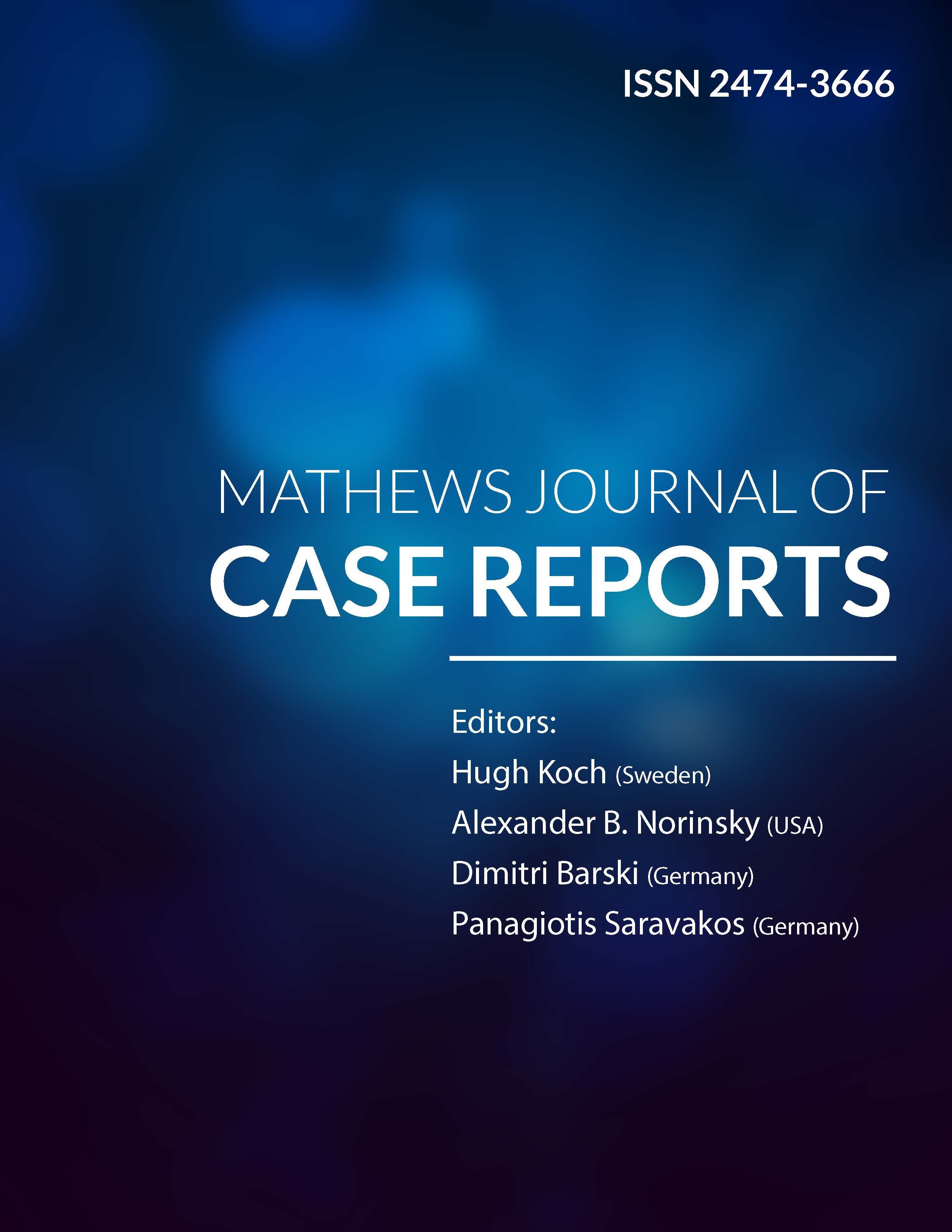
Information Links
Previous Issues Volume 8, Issue 3 - 2023
Evaluation of Plasma Manganese Levels in Pregnancy and Outcome Implications, Kinshasa, DR Congo
Tuakashikila Y1, MataHM1, Kabamba MM1, Mashinda DM2, Mulaji CK1, Elongi JPM, Malumba AM1, Tuakuila JK1,4*
1Laboratory of Analytical Chemistry and Environmental Toxicology, Faculty of Sciences, University of Kinshasa, Kinshasa, DR Congo
2School of Public Health, Faculty of Medicine, University of Kinshasa, Kinshasa, DR Congo.
3General Hospital of Kinshasa, DR Congo
4Faculty of Health Sciences, University of Sherbrooke, Quebec, Canada
*Corresponding author: Tuakuila JK, Analytical Chemistry and Environmental Toxicology Laboratory, Faculty of Sciences, University of Kinshasa, Kinshasa, DR Congo; Tel: +243-81-934-7828; E-mail: [email protected]
Received Date: March 4, 2023
Publication Date: March 16, 2023
Citation: Tuakashikila Y, et al. (2023). Evaluation of Plasma Manganese Levels in Pregnancy and Outcome Implications, Kinshasa, DR Congo. Mathews J Case Rep. 8(3):94.
Copyright: Tuakashikila Y, et al. © (2023)
ABSTRACT
Background: Although Manganese is one of the abundant elements in the earth’s crust with essential roles involved in many metabolic functions in the human body, exposure to high levels of Mn has been linked to adverse outcomes in pregnancy and fetal development, including brain function and skeletal development. The aim of this work was to evaluate plasma Mn levels in pregnancy and their birth outcomes implications. Methods: Plasma-Mn levels were measured by atomic absorption (PG-Instruments combined Flame and Furnace -AA500FG- with graphite furnace, Germany) (18,20). Plasma samples (100 µL) were diluted quantitatively (1+10) with a matrix modifier solution containing 0.5% Triton X-100 (PA Sigma-Aldrich), 0.1% nitric acid (65% pure, Roth) and 0.1% magnesium (0.1 mg/mL Mg2+, Sigma-Aldrich). Results: Plasma-Mn levels were measured with a coefficient of variation of less than 10% in both samples and controls, and the detection limit (LOD) was 0.5 µg/L. Regarding differences between groups, levels of plasma Mn were observed in women with a family history of preeclampsia and diabetes mellitus (t-test, p=0.0271 and 0.0312, respectively). Plasma Mn levels were also significantly higher in 20-36 weeks of amenorrhea period as compared to other periods [means (±SD), 4.118 µg/L (± 3.911) in 20-36 weeks, 0.216 µg/L (± 0.873) in 10-19 weeks and 2.223 µg/L (± 2.091) at delivery (≥37 weeks), ANOVA, p < 0.0001] and newborns showed higher plasma Mn levels than their mothers [means (±SD), 5.151 µg/L (± 4.300) versus 2.467 µg/L (± 3.472), t-test, p = 0.001]. No significant associations were observed between maternal plasma Mn and birth weight, birth height, ponderal index or gestational age at birth.
Conclusions: Globally, no significant correlation between maternal plasma Mn and all of these outcomes (birth weight, birth height, ponderal index Apgar score, gestational age at birth, head circumference at delivery). However, women with a family history of preeclampsia and diabetes mellitus had significantly higher plasma Mn levels. Furthermore, the Mn levels above the 50th percentile (4.55 µg/L) found in fetal plasma samples constitute a major public health concern for newborns. Risk assessment of Mn exposure should take place at the earliest contact with pregnant and lactating women.
Keywords: Plasma manganese, birth outcomes, maternal outcomes, Prenatal exposure, Kinshasa